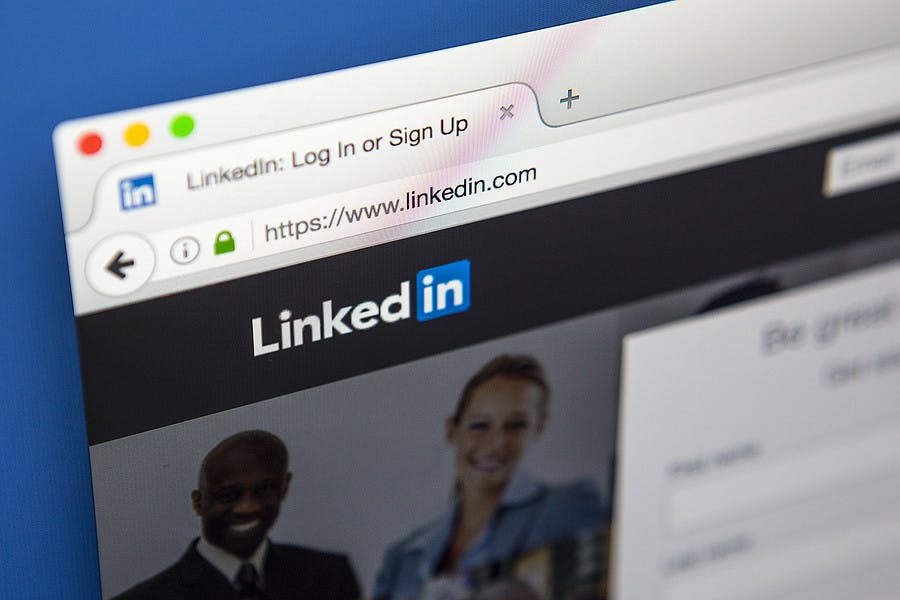Black professionals are 26% less likely than their non-Black counterparts to include photos on their LinkedIn profiles, according to recent research findings. That can be a challenge for recruiters eager to source for greater diversity, particularly given LinkedIn’s findings that members whose profiles include photos get 21 times more profile views and receive 36 times more messages.
The problem gets even trickier given evidence that implicit (and sometimes even explicit) bias can exclude minorities whose profiles display photos.
A Double-Edged Sword
A study by Talenya, an AI diversity talent sourcing platform, identified 10,000 profiles of alumni from historically Black colleges and universities and found that only 34% had pictures on their Linkedin profiles, compared to 46% of non-Black alumni in a random sample of 10,000 profiles.
Talenya’s study identified 10,000 LinkedIn profiles of Black/African-American individuals based on a variety of parameters. Criteria combined the person’s name, place of birth, mother tongue, memberships and associations, whether someone went to a historically Black college or university (HBCU), etc. The study then compared this sample to one of 10,000 profiles of non-Black individuals.
The findings revealed that only 34% of profiles of Black people included profile photos, while 46% of non-Black people included a headshot.
This difference may be due to many people of color questioning whether they should post a photo on their LinkedIn profile due to fear of discrimination. Except, by not including a picture, they may be far less likely to be contacted by recruiters. Even recruiters with the best intentions to recruit diverse candidates may miss a critical portion of the pool of minority talent because of this paradox.
“Many people on LinkedIn probably never have to think about the potential consequences or ramifications of adding a profile picture,” says Victor Lewis, CEO of Victor Consulting Group. “But I’m almost positive that a lot of people of color have given it some thought.
“Why? Why is it such a thought provoking question for some and not for others? The simple answer: discrimination or perceived discrimination.”
Removing Bias
Recruiters already often use a variety of methods to identify diverse talent. In addition to looking at photos (when they exist), they might look for alumni of past HBCUs, for instance (though notable, roughly one-quarter of current students at HBCUs are non-Black). Unfortunately, such methods are labor-intensive, prone to bias, and often impractical.
A more unbiased approach would be one that eliminates photos and names without decreasing the chance for minority candidates to be found. This is where the right AI capabilities can have an impact. The right algorithm — one that combines a multitude of indicators about a person’s background — can help ensure that you have diverse talent in your recruitment pipeline.
What’s more, suppose Black candidates for a particular role have more years of experience than the range defined by the job requirements. The right AI can recommend expanding the required range to enable more Black candidates to appear on your list. In other words, it’s important not to rely on people to self-identify as Black — you’ve got to be proactive in growing your pool of Black candidates.
At the same time, it’s worth pointing out that AI won’t solve your diversity challenges. Before you commit to using any technology solution to help you recruit a broader array of candidates with diverse backgrounds, you’ve got to inculcate among your recruits and hiring managers that diversity is, in fact, important to your organization.
